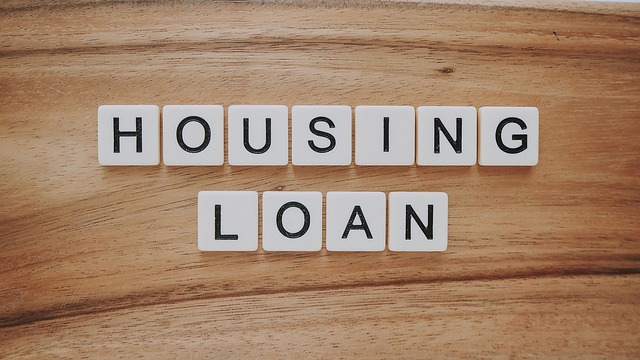How Mortgages Work: A Practical Guide for Home Buyers
A mortgage is a common tool for buying a house that lets people spread the cost of a home over many years while using the property as loan security. Understanding mortgage basics — how lenders assess applications, the types of loan products, and the cash needed at closing — helps you plan for homeownership and align borrowing with your broader finance and money goals.

What is a mortgage and how does it work?
A mortgage is a loan secured by a property, typically used to buy a house or refinance an existing home loan. Borrowers agree to repay the principal plus interest over a set term, commonly 15 or 30 years. If payments are missed, the lender can take legal steps to recover the outstanding balance, often through foreclosure. Mortgages also include related charges such as origination fees, taxes, insurance, and sometimes private mortgage insurance (PMI) when down payments are small.
How does a mortgage influence a house purchase?
A mortgage determines how much house you can afford, because lenders underwrite based on income, debts, credit score, and the property’s value. Lenders calculate debt-to-income ratios and require documentation like pay stubs, bank statements, and an appraisal. The loan structure (fixed vs adjustable rate, term length) affects monthly payments and total interest paid over time, which in turn shapes decisions about which house to buy and the neighborhood or condition of the property you can afford.
What should you know about home loan options?
Home loan options include conventional loans, government-backed loans (FHA, VA, USDA), fixed-rate and adjustable-rate mortgages (ARMs), and specialized products for first-time buyers. Each has qualification rules: FHA loans allow lower credit scores but require mortgage insurance; VA loans offer favorable terms for eligible veterans; ARMs often start with lower rates but can change after an initial period. Comparing features such as prepayment penalties, rate locks, and lender reputation can help you select a product aligned with your timeline and financial stability.
How do mortgages fit into your broader finance plan?
Mortgages are often the largest single debt in a personal finance plan, so they should connect with savings, retirement goals, and emergency reserves. Choosing a longer-term mortgage lowers monthly payments but increases total interest; a shorter loan raises payments but builds equity faster. Consider tax implications (mortgage interest deductions may apply in some jurisdictions), insurance needs, and maintenance costs. Maintaining an emergency fund equivalent to several months of expenses helps avoid missed payments that can damage credit and increase long-term money costs.
How much money do you need to buy a home?
The cash needed to buy a home typically includes a down payment, closing costs, and reserves. Down payments vary: some conventional loans require 3–5% for qualified borrowers, while putting 20% avoids PMI in many cases. Closing costs often range roughly 2–5% of the loan amount and cover fees for appraisal, title insurance, and lender services. Lenders may also ask for reserve funds equal to several months of mortgage payments. These figures are general benchmarks and depend on the loan type, property, and lender policies.
| Product/Service | Provider | Cost Estimation |
|---|---|---|
| 30-year fixed mortgage | Wells Fargo, Bank of America, Rocket Mortgage | Typical down payment 3–20%; origination fees 0.5–1.5% of loan; closing costs 2–5% of loan |
| 15-year fixed mortgage | Wells Fargo, Chase, Regional banks | Higher monthly payments, lower total interest; similar origination and closing cost ranges |
| FHA loan | Local lenders, Quicken/Rocket Mortgage | Down payment often 3.5%; FHA mortgage insurance premiums apply; closing costs 2–5% |
| VA loan | VA-approved lenders (regional banks, credit unions) | Often no down payment for eligible vets; funding fee or lender fees may apply; closing costs vary |
| Adjustable-rate mortgage (ARM) | Major banks, online lenders | Initial lower rate; possible rate adjustments later; closing costs 2–5% of loan |
Prices, rates, or cost estimates mentioned in this article are based on the latest available information but may change over time. Independent research is advised before making financial decisions.
Conclusion
Mortgages are financial arrangements that enable homeownership while tying into broader finance and money planning. Knowing loan types, typical upfront costs, and how lenders evaluate applications helps you align a mortgage with your housing goals and long-term financial picture. Careful comparison of products and realistic budgeting for payments and maintenance improve the chance that a mortgage supports stable homeownership.






